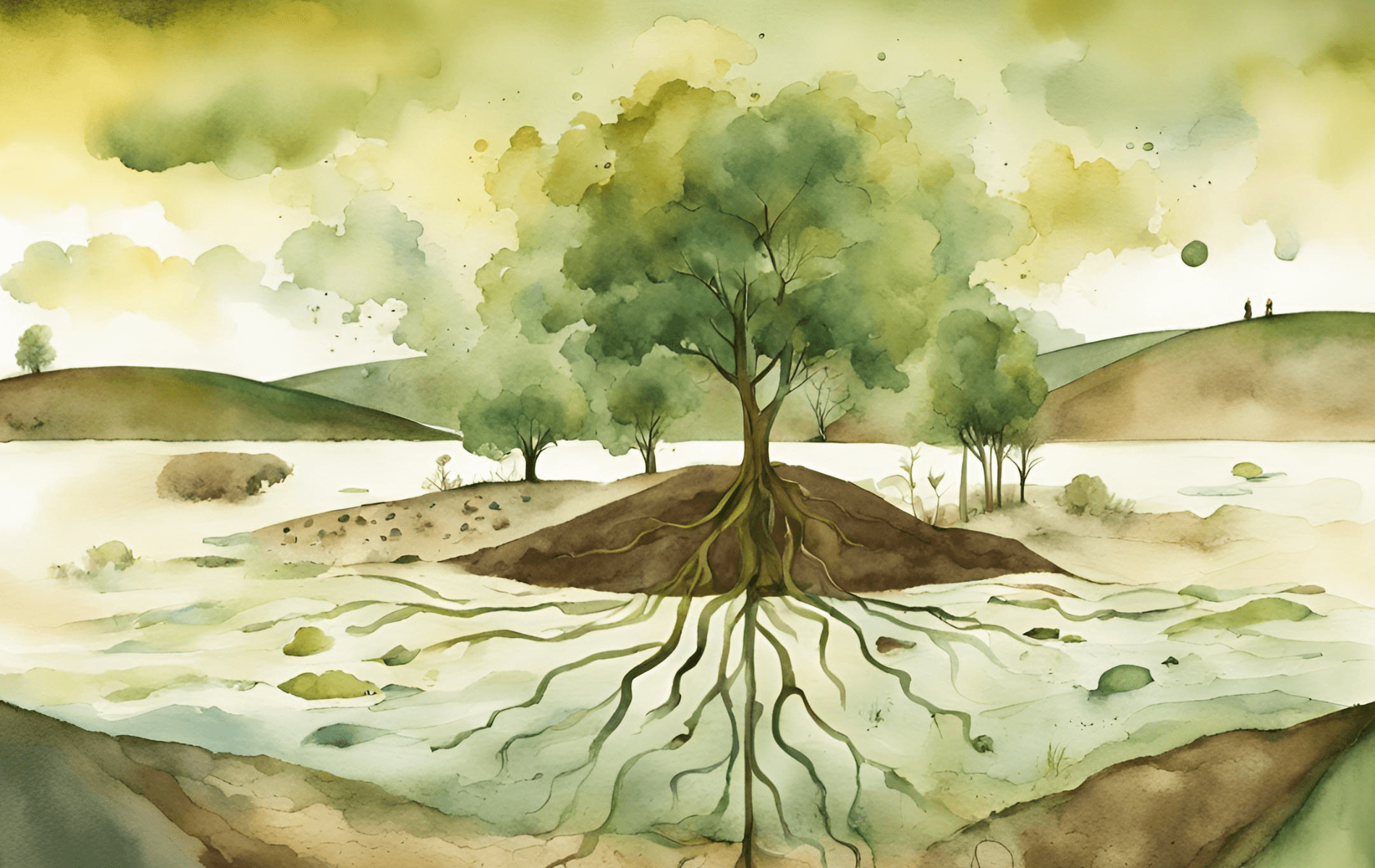Montado & Forest Systems
Thematic Line
Agro-silvo-pastoral systems, as the unique Iberian Montados and Dehesas, as well as forestry systems, are key in the Mediterranean region, due to the multiple functions and services they provide. Non adapted management practices playing together with ongoing climate change and the resulting scarcity in water in the Mediterranean put pressure on these systems, at the same time as they make their functions increasingly more valuable.
Montados are under decay since the 90s due to a long term soil degradation and tree renewal failure, and forests are increasingly exposed to extreme fire events and a vicious circle of land degradation. Therefore, contributing to the regeneration of Montado & Forestry Systems (M&F) is at the forefront of MED strategic options to help the compliance with the European Green Deal, through the promotion of soil conservation, water infiltration, promotion of biodiversity, carbon sequestration and ecological restoration.
Main research questions relate to a) estimating and understanding the spatial heterogeneity and related temporal dynamics and disturbance regimes of these systems, b) identifying resilience factors at multiple scales (from the soil micro-system to the landscape as a whole), and c) revealing governance and policy mechanisms that support the resilience of M&F.
Expected Results
1) quantify and map structural characteristics of forest stands (e.g., tree density, tree height, vertical complexity, aboveground biomass) through advanced remote sensing and data analysis approaches using multi-sensor data provided by different satellites;
2) factors driving M&F spatio-temporal dynamics, and the quantification of the relative importance of such factors and their potential synergistic or additive effects in different contexts;
3) define adaptive management schemes oriented to increase competitiveness of production systems, optimise governance strategies;
4) design innovative fire- and climate-smart landscapes;
5) avoid exceeding systems' carrying capacity and resilience thresholds by testing, 5a) improvements on soil fertility and soil health to increase plant growth, nutritive value of pastures, and soil carbon stocks, and 5b) innovative deficit irrigation solutions to increase the success rate in future afforestation and tree growth in drought-prone regions;
6) co-construction with stakeholders to find well-adapted solutions for each context and speed-up changes;
7) more effective knowledge transfer mechanisms to private and public managers and decision-makers;
8) easy-to-measure indicators to monitor efficiently land use activities and policy strategies.

Coordinator




